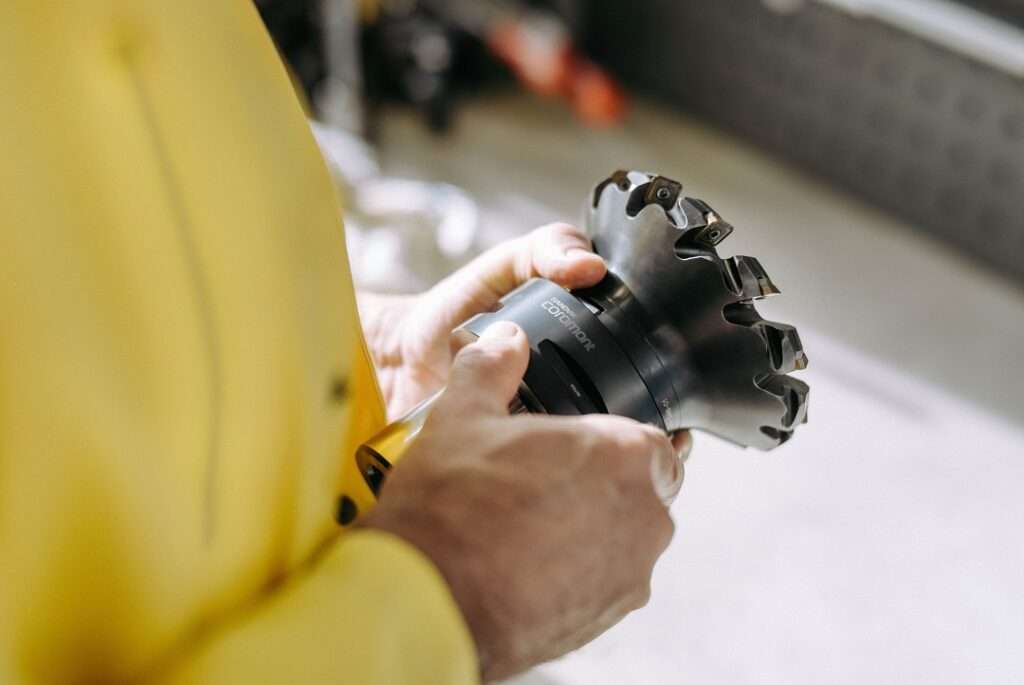Researchers at the Madras Institute of Technology, part of Anna University, Chennai, have developed a groundbreaking technology that is poised to usher in a new era of drone operations. This innovative airborne-based intelligent autonomous landing system for mini-Unmanned Aerial Vehicles (UAVs) has received a patent from the Indian Patent Office, Intellectual Property India.
The system is designed to accurately identify geographical locations for landing using a multitude of images captured by the UAV, making it a significant advancement in drone technology. Professor K. Senthil Kumar, who serves as the Director of the Dr Kalam Advanced UAV Research Centre within the Department of Aerospace Engineering at MIT, highlighted the transformative potential of this technology.
He explained that it could greatly benefit the delivery and retrieval of critical supplies such as weapons, ammunition, medicines, and food for armed forces stationed in remote or difficult-to-access locations, including hilly terrains and border areas.
Unlike current UAVs, which are typically programmed to land on predetermined, flat, and prepared surfaces, the system developed by Professor Kumar and his team is capable of autonomously identifying a specific landing site, such as a marked location with a distinctively colored object, and executing a safe landing even on uneven, sloped terrain.
Once the system identifies a suitable landing site, it obtains precise position coordinates and guides the UAV to land accurately at the target, even on moving platforms. Additionally, the system’s reliability can be further enhanced through the use of QR codes.
The technology significantly improves the efficiency of UAV landings by reducing the time required for landing and automating the entire process through the integration of artificial intelligence (AI) and deep learning algorithms. This capability is particularly valuable for Beyond Visual Line of Sight (BVLOS) operations, where the UAV is flown beyond the pilot’s direct line of sight.
Professor Kumar emphasized that the UAV landing system could be a game-changer for high-altitude logistics drones, providing crucial support to armed and border security forces by facilitating the delivery of essential supplies to remote border posts.
The system also has potential applications in emergency relief and rescue missions, as well as in the delivery of goods to support combat operations. He noted that current UAV models developed by his team can carry up to 50 kg of payload over a distance of 20 km, with ongoing efforts to increase the payload capacity to 100 kg and extend the flight range to 50 km.
Beyond its military applications, the intelligent autonomous landing system for mini-UAVs has significant potential for civilian use. It could revolutionize logistics in industries such as healthcare, where it could be used for the delivery of organs or medicines, and e-commerce, where it could enhance product delivery services.
Professor Kumar asserted that this invention marks a major breakthrough in drone technology, with the potential to revolutionize package delivery systems. He pointed out that existing delivery methods are limited to airdrops from certain altitudes, whereas the new system enables precise, autonomous landings, opening up new possibilities for UAV applications across various sectors.







